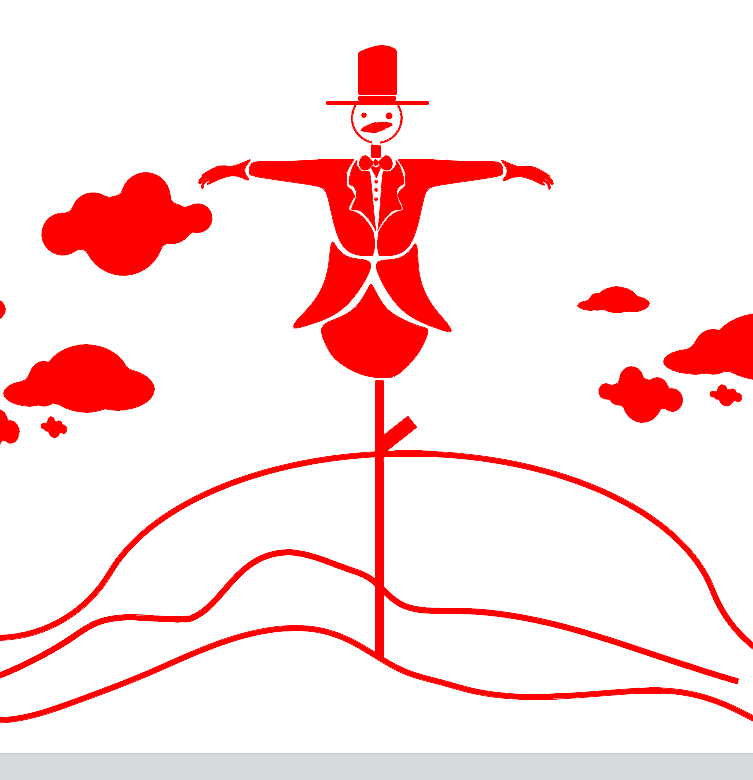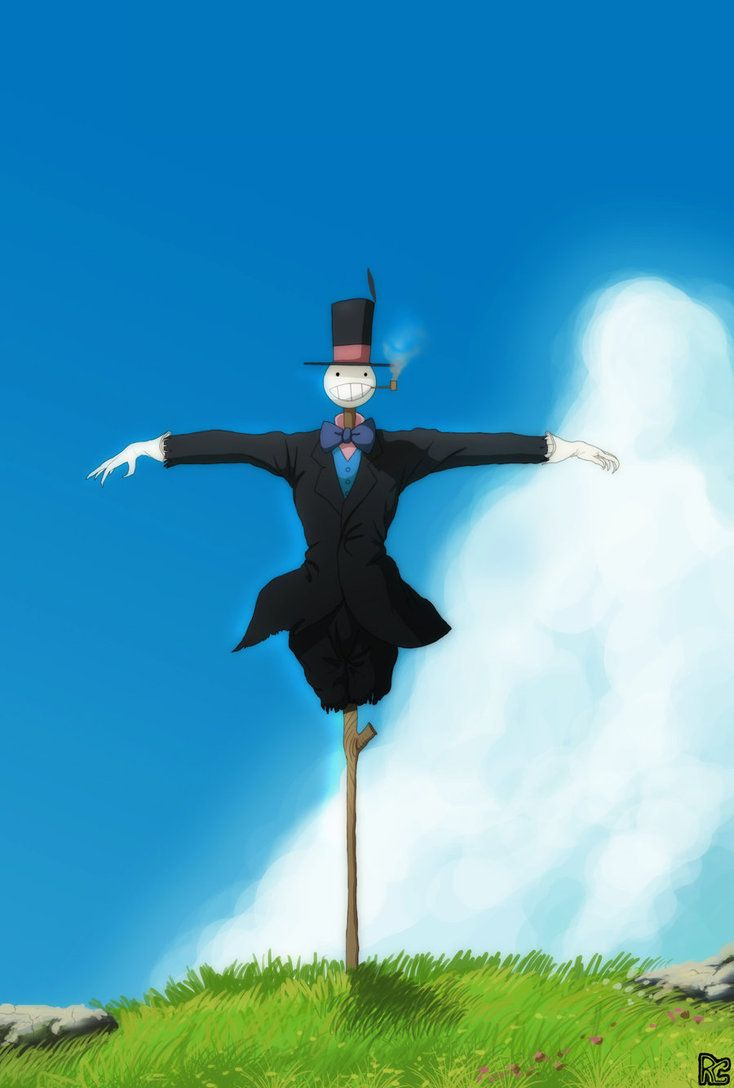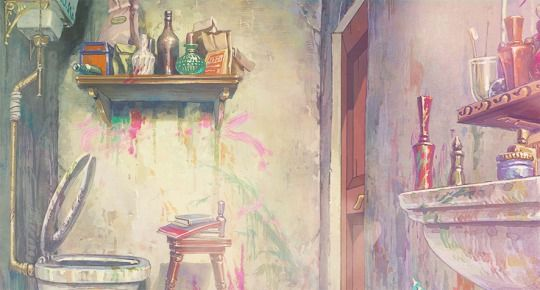Howls Moving Castle Tapestry Update
This week I have continued to create imagery from studio Ghibli's Howls Moving Castle. After re-watching the film once again to create a timeline of the film, I wrote down notes of particular items or scenes that I felt encapsulated the overall aesthetic of the film. At this point, I have now captured roughly the first 40 minutes of the movie, and I am now considering how each element will from from one another by using small details such as stars, hills and flowers to create a harmony from each element to the next, so as not to create a tapestry that looks like patchwork and rather a collage.
Here is the top portion of the tapestry, and the first 40 minutes of the film;
Of course, I should also hone in on some of the other elements that I chose to hone in on such as the front door to howls moving castle which plays a key role in understanding how Howl is constantly on the run from the king and his authorities.











Comments
Post a Comment